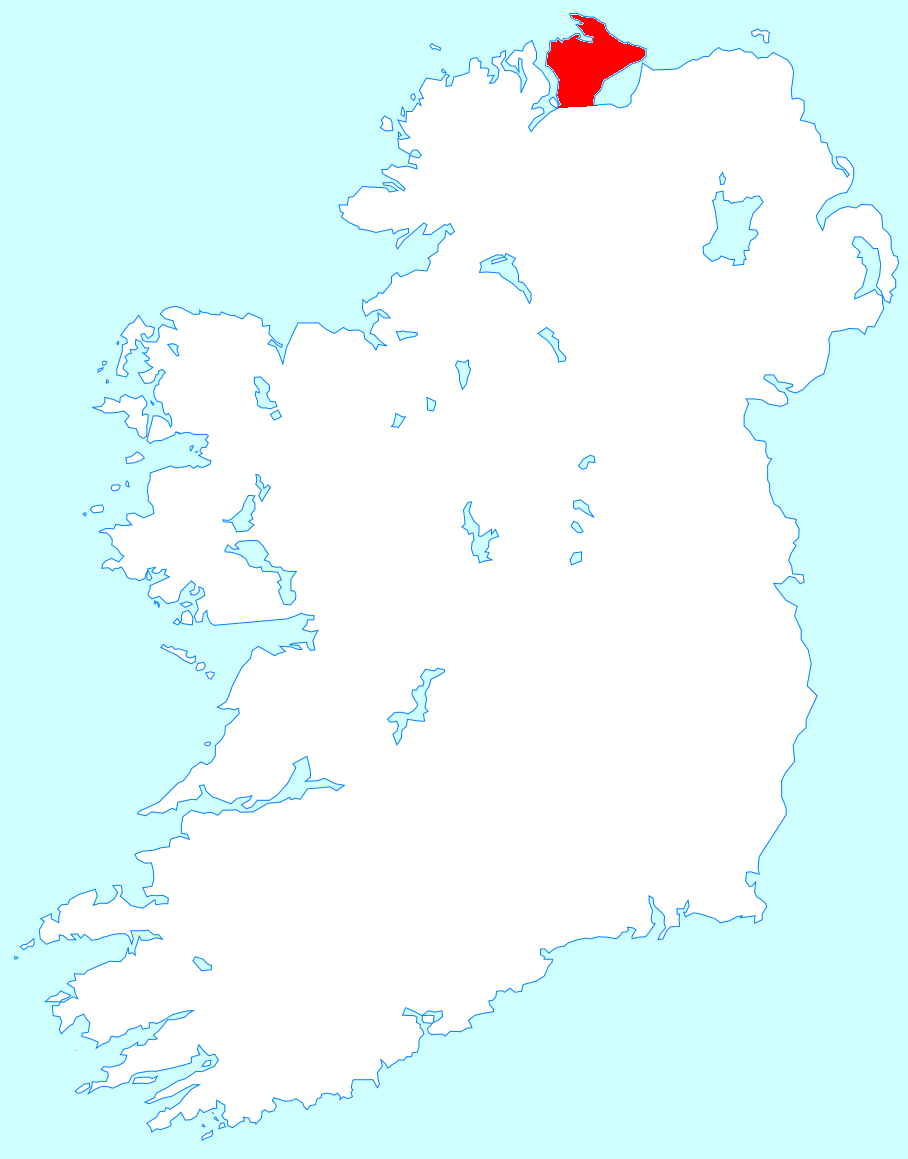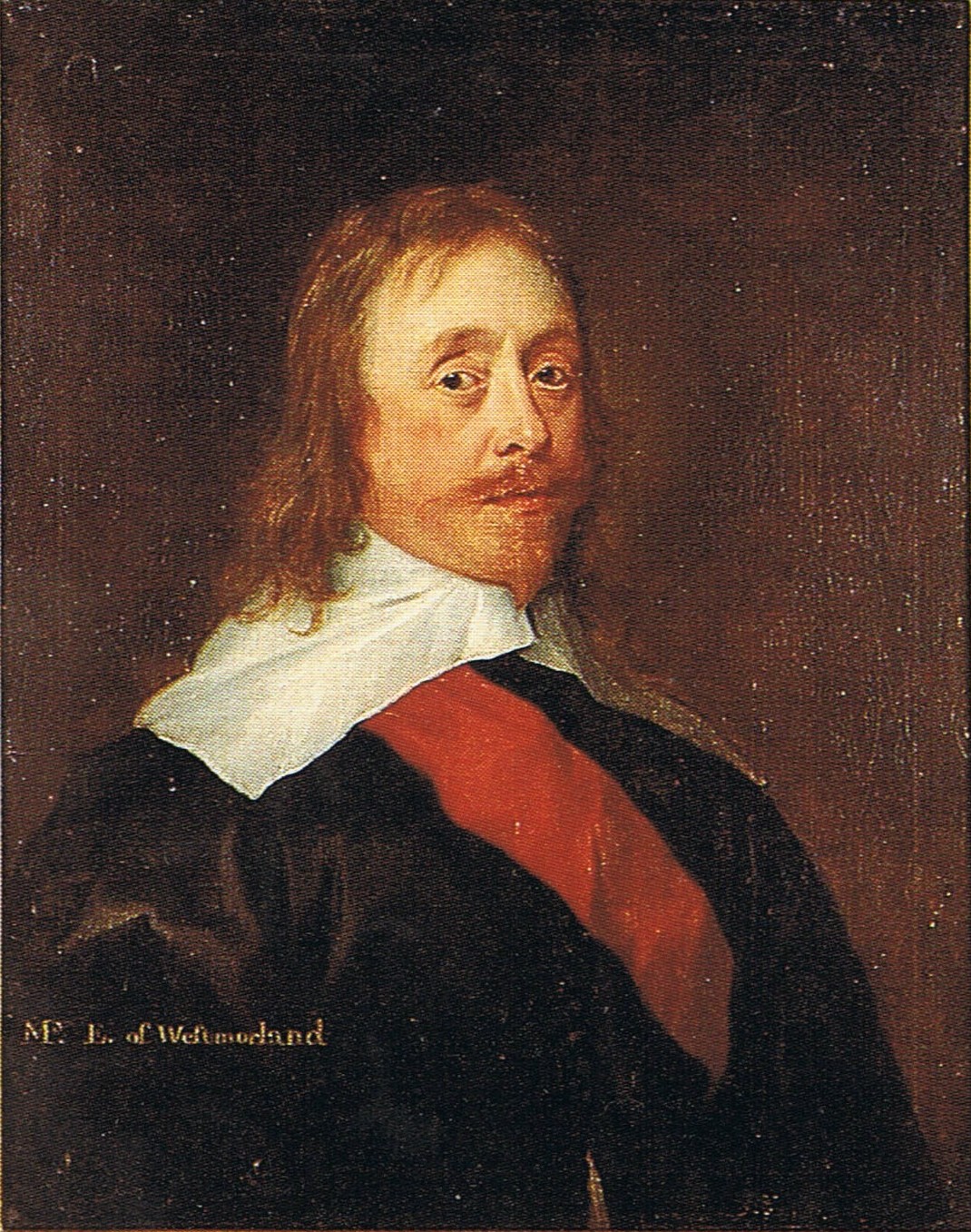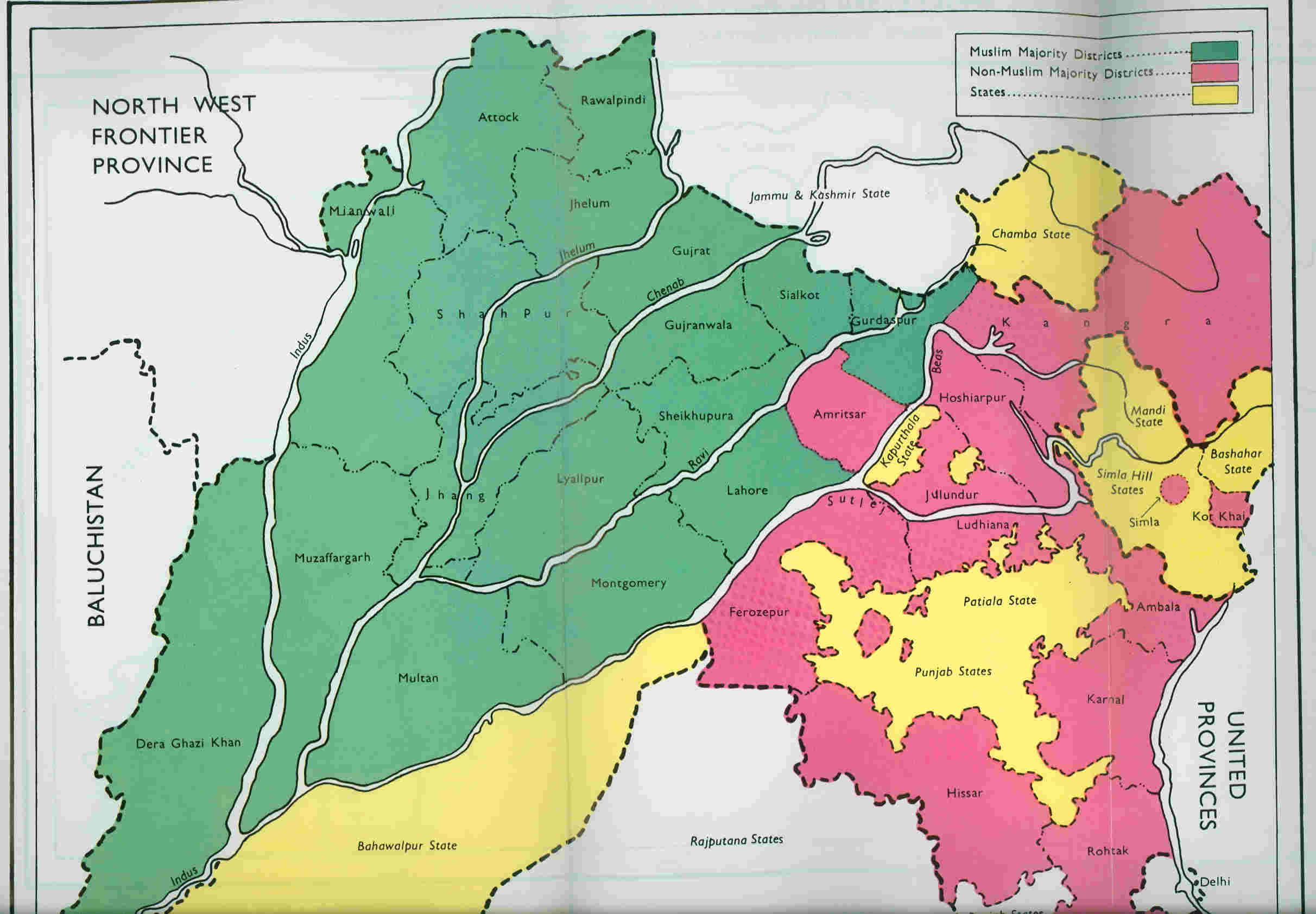|
Robert Montgomery (administrator)
Sir Robert Montgomery (2 December 1809 – 28 December 1887) was a British administrator and civil servant in colonial India. He was Chief Commissioner of Oudh during the period of 1858 to 1859 and later served as Lieutenant Governor of Punjab between 1859 and 1865. Biography Early life Montgomery was born into an Ulster-Scots family at the family seat at New Park in Moville, a small town in Inishowen in the north of County Donegal in Ulster, the northern province in Ireland. He was educated at Foyle College, Derry; Wraxall Hall School, Wiltshire; and, from 1823 to 1825, at Addiscombe Military Seminary, Croydon, Surrey. Career In 1826, he entered the civil service of the East India Company. His first notable position was as a commissioner in Cawnpore. In 1849, Montgomery was made a Commissioner at Lahore. The following year he replaced Charles Grenville Mansel on the Board of Administration, the body responsible for governing the Punjab. His two colleagues in the Board of ... [...More Info...] [...Related Items...] OR: [Wikipedia] [Google] [Baidu] |
Moville
Moville (; ) is a coastal town located on the Inishowen Peninsula of County Donegal, Ireland, close to the northern tip of the island of Ireland. It is the first coastal town of the Wild Atlantic Way when starting on the northern end. Location The town is located on the western shore of Lough Foyle, approximately from Derry, which lies across the border in Northern Ireland. Features include a pier and small working harbour; and Moville Green, a large seaside park in the Victorian style which features bandstands, a putting green, walking trails, playgrounds, a coastal footpath and views east across the waters of the lough to Northern Ireland. Moville is close to several beaches and receives visitors and daytrippers in the summer months. The town is in the civil parish of Moville Lower (). This alternative Irish language version of the place name, ''Maigh Bhile'', which means “plain of the ancient tree”, is one possible origin of the English language name. Moville Communi ... [...More Info...] [...Related Items...] OR: [Wikipedia] [Google] [Baidu] |
Inishowen
Inishowen () is a peninsula in the north of County Donegal in Ireland. Inishowen is the largest peninsula on the island of Ireland. The Inishowen peninsula includes Ireland's most northerly point, Malin Head. The Grianan of Aileach, a ringfort that served as the royal seat of the over-kingdom of Ailech, stands at the entrance to the peninsula. Towns and villages The main towns and villages of Inishowen are: * Ballyliffin, Buncrana, Bridgend, Burnfoot, Burt * Carndonagh, Carrowmenagh, Clonmany, Culdaff * Dunaff * Fahan * Glengad, Gleneely, Greencastle * Malin, Malin Head, Moville, Muff * Redcastle * Shrove * Quigley's Point * Urris Geography Inishowen is a peninsula of 884.33 square kilometres (218,523 acres), situated in the northernmost part of the island of Ireland. It is bordered to the north by the Atlantic Ocean, to the east by Lough Foyle, and to the west by Lough Swilly. It is joined at the south to the rest of the island and is mostly in County Don ... [...More Info...] [...Related Items...] OR: [Wikipedia] [Google] [Baidu] |
Order Of The Bath
The Most Honourable Order of the Bath is a British order of chivalry founded by King George I of Great Britain, George I on 18 May 1725. Recipients of the Order are usually senior British Armed Forces, military officers or senior Civil Service (United Kingdom), civil servants, and the monarch awards it on the advice of His Majesty's Government. The name derives from an elaborate medieval ceremony for preparing a candidate to receive his knighthood, of which ritual bathing (as a symbol of Ritual purification, purification) was an element. While not all knights went through such an elaborate ceremony, knights so created were known as "knights of the Bath". George I constituted the Knights of the Bath as a regular Order (honour), military order. He did not revive the order, which did not previously exist, in the sense of a body of knights governed by a set of statutes and whose numbers were replenished when vacancies occurred. The Order consists of the Sovereign of the United King ... [...More Info...] [...Related Items...] OR: [Wikipedia] [Google] [Baidu] |
Indian Rebellion
The Indian Rebellion of 1857 was a major uprising in India in 1857–58 against the rule of the British East India Company, which functioned as a sovereign power on behalf of the British Crown. The rebellion began on 10 May 1857 in the form of a mutiny of sepoys of the company's army in the garrison town of Meerut, northeast of Delhi. It then erupted into other mutinies and civilian rebellions chiefly in the upper Gangetic plain and central India, though incidents of revolt also occurred farther north and east. The rebellion posed a military threat to British power in that region, and was contained only with the rebels' defeat in Gwalior on 20 June 1858., , and On 1 November 1858, the British granted amnesty to all rebels not involved in murder, though they did not declare the hostilities to have formally ended until 8 July 1859. The name of the revolt is contested, and it is variously described as the Sepoy Mutiny, the Indian Mutiny, the Great Rebellion, the Revolt of 1 ... [...More Info...] [...Related Items...] OR: [Wikipedia] [Google] [Baidu] |
Henry Montgomery Lawrence
Brigadier-General Sir Henry Montgomery Lawrence (28 June 1806 – 4 July 1857) was a British military officer, surveyor, administrator and statesman in British India. He is best known for leading a group of administrators in the Punjab affectionately known as Henry Lawrence's "Young Men", as the founder of the Lawrence Military Asylums and for his death at the Siege of Lucknow during the Indian Rebellion of 1857. Background Lawrence was born in June 1806 into an Ulster-Scots family at Matara in Ceylon. Both his parents were from Ulster, the northern province of Ireland. His mother Letitia was the daughter of the Rev. George Knox from County Donegal, while his father, Lieutenant-Colonel Alexander William Lawrence, was born the son of a mill owner from Coleraine, County Londonderry, entered the service of the British Army and achieved distinction at the 1799 Siege of Seringapatnam.James Wills, The Irish Nation: Its History and Its Biography, Volume 4, A. Fullarton, 1876, p. ... [...More Info...] [...Related Items...] OR: [Wikipedia] [Google] [Baidu] |
Punjab Province (British India)
The Punjab Province, officially the Province of the Punjab, was a Presidencies and provinces of British India, province of British India, with its capital in Lahore and summer capitals in Murree and Simla. At its greatest extent, it stretched from the Khyber Pass to Delhi; and from the Babusar Pass and the borders of Tibet to the borders of Sind Division, Sind. Established in 1849 following #History, Punjab's annexation, the province was Partition of India#Punjab, partitioned in 1947 into West Punjab, West and East Punjab; and incorporated into Pakistan and India, respectively. Most of the Punjab, Punjab region was annexed by the East India Company on Second Anglo-Sikh War, 29 March 1849 following the company's victory at the Battle of Gujrat, battle of Gujrat in northern Punjab, a month prior. The Punjab was the last major region of the Indian subcontinent to fall to British imperialism. Immediately following its annexation, the Punjab was annexed into the Bengal Presidency a ... [...More Info...] [...Related Items...] OR: [Wikipedia] [Google] [Baidu] |
Charles Grenville Mansel
Charles Grenville Mansel (1806–1886) was an English administrator in India. Biography Mansel was appointed a writer in the British East India Company's service on 30 April 1826. He was made assistant to the secretary of the western board of revenue in Bengal on 19 January 1827; registrar and assistant to the magistrate of Agra and officiating collector to the government of customs at Agra on 10 July 1828; acting magistrate of Agra, 1830; joint magistrate and deputy collector of Agra, 15 November 1831; acting magistrate and collector of Agra, 13 March 1832; secretary and superintendent of Agra College in 1834; magistrate and collector of Agra, 2 November 1835; and temporary secretary to the lieutenant-governor in political, general, judicial, and revenue departments, 21 February 1837. From December 1838 to April 1841 he acted as Sudder settlement officer in Agra, and in 1842 published a valuable ‘Report on the Settlement of the District of Agra.’ In 1841 he became deputy acc ... [...More Info...] [...Related Items...] OR: [Wikipedia] [Google] [Baidu] |
Lahore
Lahore ( ; ; ) is the capital and largest city of the Administrative units of Pakistan, Pakistani province of Punjab, Pakistan, Punjab. It is the List of cities in Pakistan by population, second-largest city in Pakistan, after Karachi, and 27th List of largest cities, largest in the world, with a population of over 14 million. Lahore is one of Pakistan's major industrial, educational and economic hubs. It has been the historic capital and cultural center of the wider Punjab region, and is one of Pakistan's most Social liberalism, socially liberal, Progressivism, progressive, and Cosmopolitanism, cosmopolitan cities. Origins of Lahore, Lahore's origin dates back to antiquity. The city has been inhabited for around two millennia, although it rose to prominence in the late 10th century with the establishment of the Walled City of Lahore, Walled City, its fortified interior. Lahore served as the capital of several empires during the medieval era, including the Hindu Shahis, Gha ... [...More Info...] [...Related Items...] OR: [Wikipedia] [Google] [Baidu] |
Cawnpore
Kanpur ( Hindustani: ), originally named Kanhapur and formerly anglicized as Cawnpore, is the second largest city of the Indian state of Uttar Pradesh after Lucknow. It was the primary financial and commercial centre of northern India. Founded in the year 1207 by Rajput ruler Raja Kanh Deo, Kanpur became one of the most important commercial and military stations of British Raj. Kanpur had been the major financial and industrial centre of northern India and also the ninth-largest urban economy in India. Today it is famous for its colonial architecture, gardens, sweets, dialect, and high-quality leather, plastic and textile products which are exported mainly to the West. The city is home to historical monuments such as the Jajmau Ghat which dates back to the 17th century AD. Kanpur is also home to several historical sites such as the Kanpur Museum, Bhitargaon Temple, European Cemetery and Nanarao Park. It is the 12th most populous city and the 11th most populous urban agglome ... [...More Info...] [...Related Items...] OR: [Wikipedia] [Google] [Baidu] |
East India Company
The East India Company (EIC) was an English, and later British, joint-stock company that was founded in 1600 and dissolved in 1874. It was formed to Indian Ocean trade, trade in the Indian Ocean region, initially with the East Indies (South Asia and Southeast Asia), and later with East Asia. The company gained Company rule in India, control of large parts of the Indian subcontinent and British Hong Kong, Hong Kong. At its peak, the company was the largest corporation in the world by various measures and had its own armed forces in the form of the company's three presidency armies, totalling about 260,000 soldiers, twice the size of the British Army at certain times. Originally Chartered company, chartered as the "Governor and Company of Merchants of London Trading into the East-Indies," the company rose to account for half of the world's trade during the mid-1700s and early 1800s, particularly in basic commodities including cotton, silk, indigo dye, sugar, salt, spices, Potass ... [...More Info...] [...Related Items...] OR: [Wikipedia] [Google] [Baidu] |
Derry
Derry, officially Londonderry, is the second-largest City status in the United Kingdom, city in Northern Ireland, and the fifth-largest on the island of Ireland. Located in County Londonderry, the city now covers both banks of the River Foyle. Cityside and the old walled city being on the west bank and Waterside, Derry, Waterside on the east, with two road bridges and one footbridge crossing the river in-between. The population of the city was 85,279 in the 2021 census, while the Derry Urban Area had a population of 105,066 in 2011. The district administered by Derry City and Strabane District Council contains both Londonderry Port and City of Derry Airport. Derry is close to the Irish border, border with County Donegal, with which it has had a close link for many centuries. The person traditionally seen as the founder of the original Derry is Saint , a holy man from , the old name for almost all of modern County Donegal, of which the west bank of the Foyle was a part befor ... [...More Info...] [...Related Items...] OR: [Wikipedia] [Google] [Baidu] |
Foyle And Londonderry College
Foyle College is a co-educational non-denominational voluntary grammar school in Derry, Northern Ireland. The school's legal name is Foyle and Londonderry College. In 1976, two local schools, Foyle College and Londonderry High School, merged under the Foyle and Londonderry College Act 1976 (c. xviii) to form Foyle and Londonderry College. In 2011, the Board of Governors re-branded the school as 'Foyle College' and updated the school's crest. History Foyle College and Londonderry High School have been providing education for young people in the Derry area and further afield for more than 400 years. In October 2007, the school celebrated its 390th anniversary with a plaque commemorating headmasters of the school since 1617. The school then celebrated their 400th anniversary, in 2017, with a service in St Columb's Cathedral on the official anniversary date of 3 March. a commemorative concert in Derry's Guildhall was held, a special dinner also took place. A proposed plaque is to be ... [...More Info...] [...Related Items...] OR: [Wikipedia] [Google] [Baidu] |







